Join two Imperial Masters students as they gather data on bumblebees in the place most vulnerable to climate change – the Arctic.
Bumblebees need plants to source food, and these plants need bumblebees for pollination. But what happens if the plants and bees emerge at different times in the spring and summer?
With climate change, this ‘phenology mismatch’ may become more common. Masters students from the group of Dr Richard Gill, based at Imperial's Silwood Park campus, have been surveying bumblebees and the plants they forage on up and down a mountain in Lapland of Arctic Sweden – one of the northernmost ranges for bumblebees, where few studies have gone before.
Emma Brisdion, who is undertaking a science communications internship with the Climate Impacts Research Centre, joined Imperial students Lottie Gibbons and Ryan Richardson as they hunted for bees on the slopes of an Arctic mountain, recording vital data on how climate change may affect this community.
This Imperial research is in collaboration with the Nuolja Phenology Project led by Keith Larson from the Climate Impacts Research Centre, Umea University in Sweden.
Listen to the audio story above.
Article text (excluding photos or graphics) © Imperial College London.
Photos and graphics subject to third party copyright used with permission or © Imperial College London.
Reporter
Hayley Dunning
Communications Division

Contact details
Email: press.office@imperial.ac.uk
Show all stories by this author

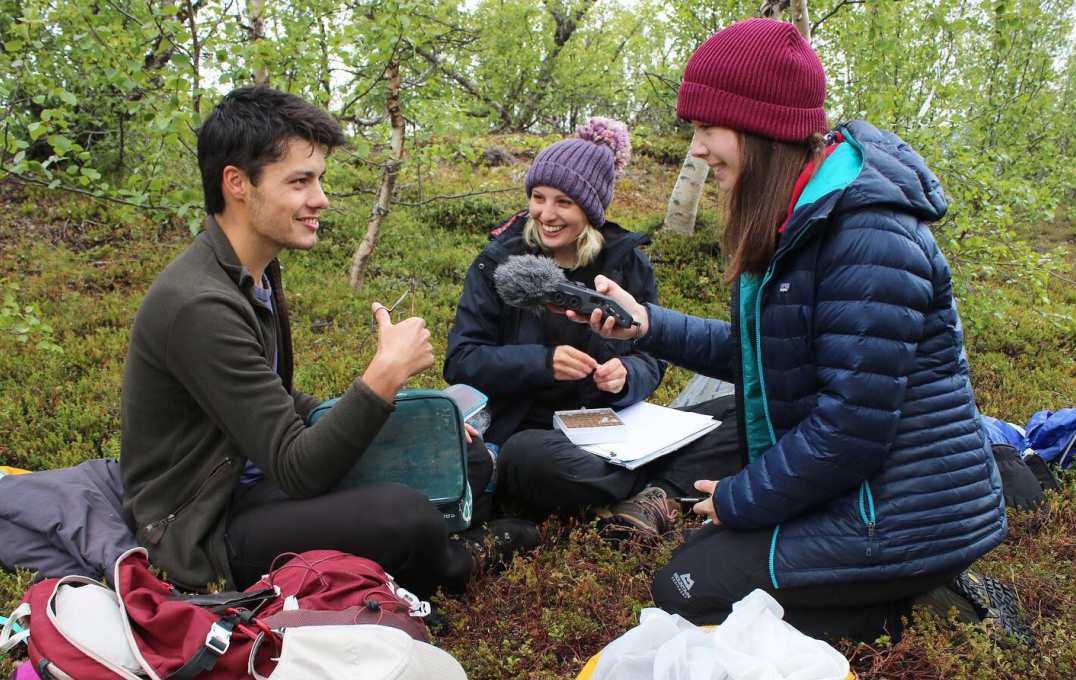
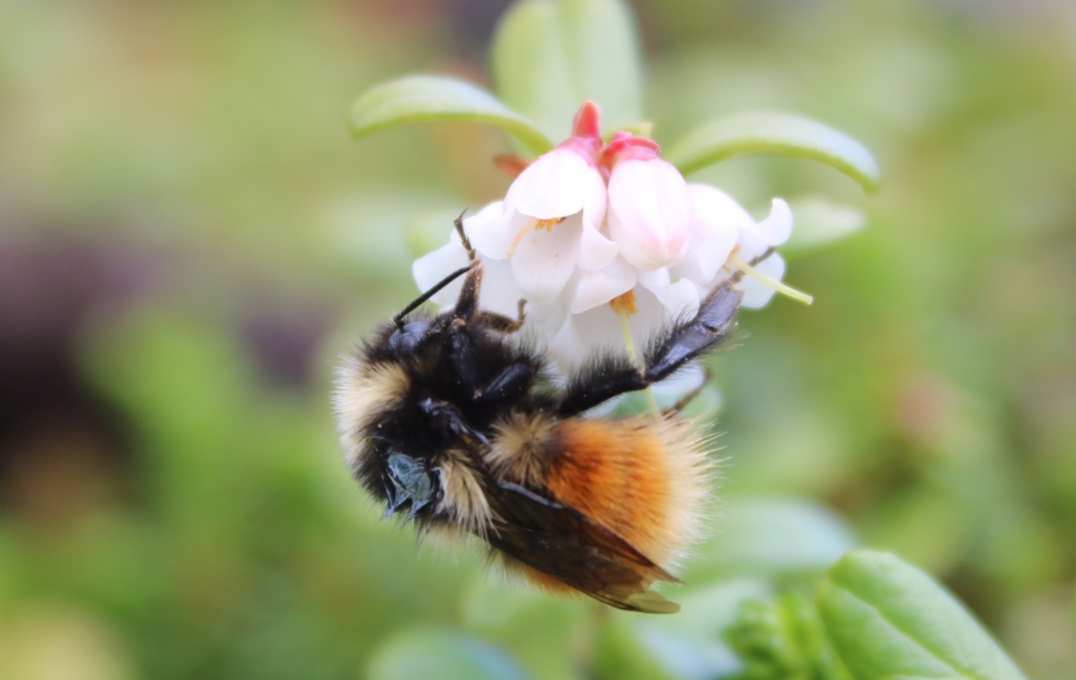
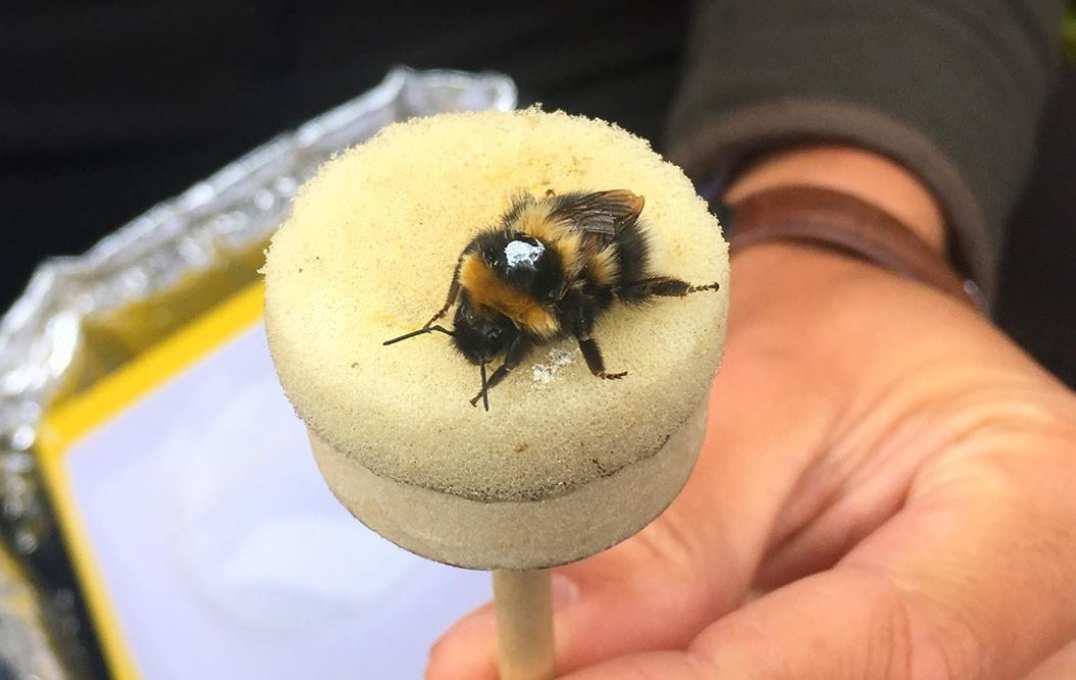
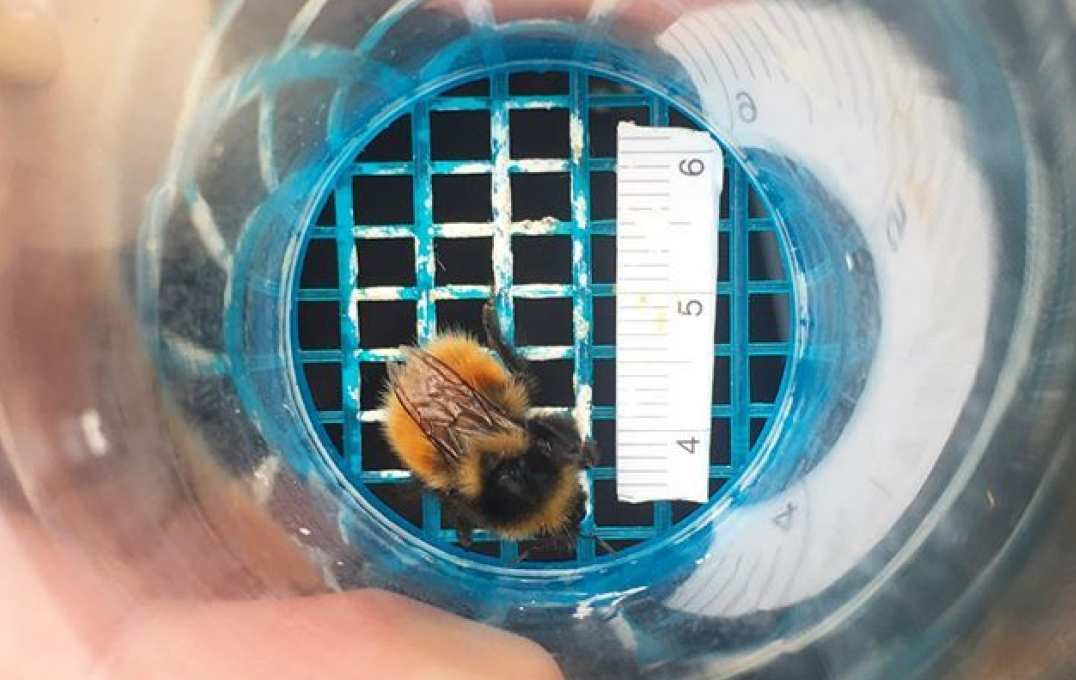
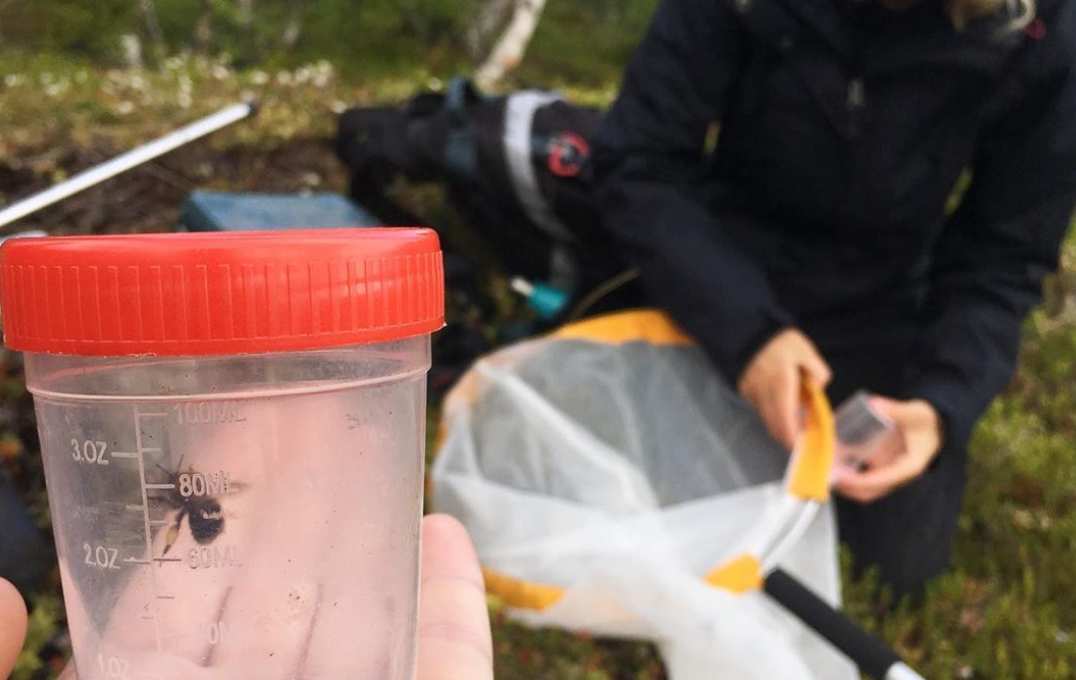
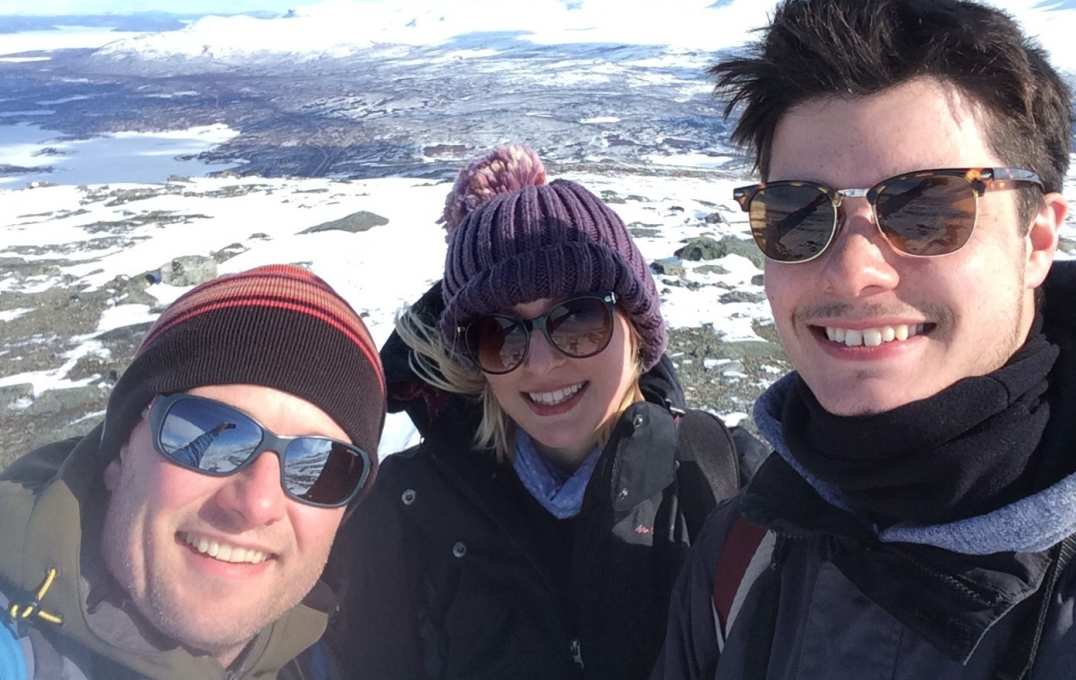



Leave a comment
Your comment may be published, displaying your name as you provide it, unless you request otherwise. Your contact details will never be published.